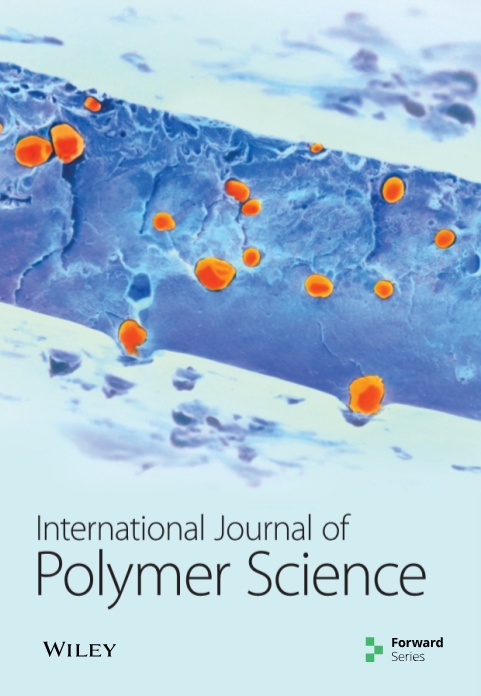老化对碳纤维增强复合材料力学性能的影响
IF 4.4
4区 化学
Q2 POLYMER SCIENCE
引用次数: 0
摘要
碳纤维增强复合材料(CFRC)是一种应用广泛的高新技术材料。CFRC在应用过程中面临多种环境条件,例如高温、高湿度、暴露于紫外线辐射以及酸性和碱性环境。这些环境因素强烈影响CFRC的性能,并随着时间的推移而趋于老化。老化会降低复合材料的机械性能,最终降低其使用寿命。本文重点介绍了复合材料的老化、常见的老化类型(热老化、水热酸碱性老化和紫外线辐射老化)以及第三相(填料)在老化过程中的作用。影响复合材料老化的因素有很多。老化从微裂纹开始,向分层发展,进一步使内部表面暴露于环境中。当深度暴露时,自由基被释放,进一步破坏内部结构。它们为氧气到达复合材料的每一毫米创造了更多的途径,从而降低了复合材料的机械性能。通常,可以看到一种趋势,即引入填料可能会减缓或补偿老化后的机械性能。这篇综述文章探讨了这一趋势。然而,通常情况下,第三相保持中性,有时会降低和/或提高老化后的机械性能。在热老化过程中,不同的金属氧化物对材料的力学性能有显著的影响。第三相与时效对CFRC力学性能的协同效应也被制成表格。本文章由计算机程序翻译,如有差异,请以英文原文为准。
Aging Effects on the Mechanical Performance of Carbon Fiber-Reinforced Composites
Carbon fiber-reinforced composite (CFRC) is a well-known hi-tech material with diverse applications. The CFRC faces several environmental conditions during its application, e.g., elevated temperatures, humidity, exposure to UV radiation, and acidic and alkaline environments. These environmental factors strongly affect the performance of CFRC, and they tend to age with time. Aging reduces the mechanical properties of the composite and ultimately its service life. In this review, the focus is on the aging of composite, common types of aging (thermal, hydrothermal acid and alkaline, and UV radiation), and the role of the third phase (fillers) in the aging process. There are numerous factors involved in the aging of composite. Aging starts with microcracks and proceeds towards delamination which further exposes the internal surface to environments. When the depths are exposed, free radicals are released and further deteriorate the internal structures. They create more pathways for oxygen to reach every millimeter of composite, thus reducing the mechanical performance of the composite. Usually, a trend is seen that introducing filler might slow down or compensate for the mechanical performance after aging. This trend is explored in the review article. However, usually, the third phase remained neutral and sometimes reduced and/or enhanced the mechanical properties after aging. In thermal aging, different metallic oxides have a noteworthy effect on mechanical performance. The synergistic effect of the third phase and aging on CFRC mechanical performance is also tabulated.
求助全文
通过发布文献求助,成功后即可免费获取论文全文。
去求助
来源期刊

International Journal of Polymer Science
POLYMER SCIENCE-
CiteScore
6.10
自引率
0.00%
发文量
55
审稿时长
>12 weeks
期刊介绍:
The International Journal of Polymer Science is a peer-reviewed, Open Access journal that publishes original research articles as well as review articles on the chemistry and physics of macromolecules.
 求助内容:
求助内容: 应助结果提醒方式:
应助结果提醒方式:


